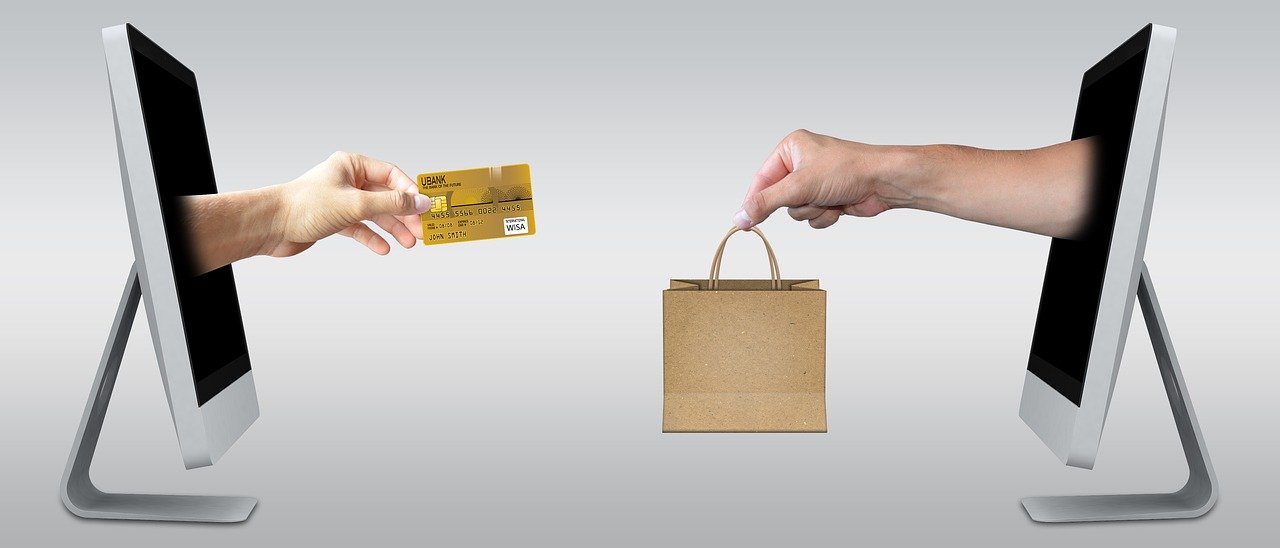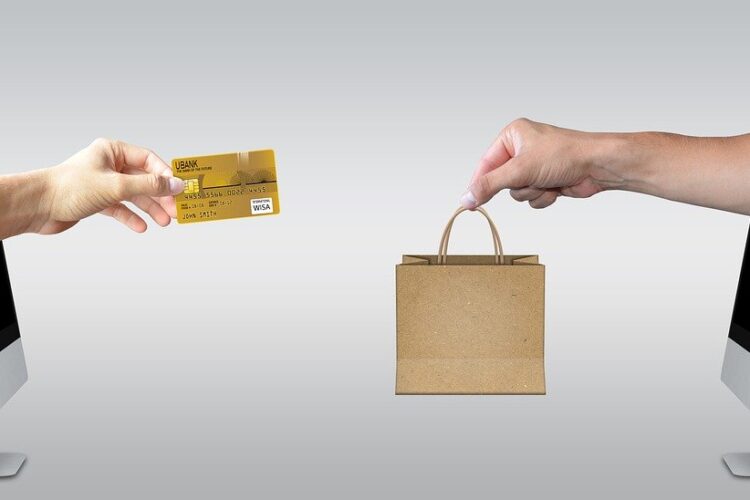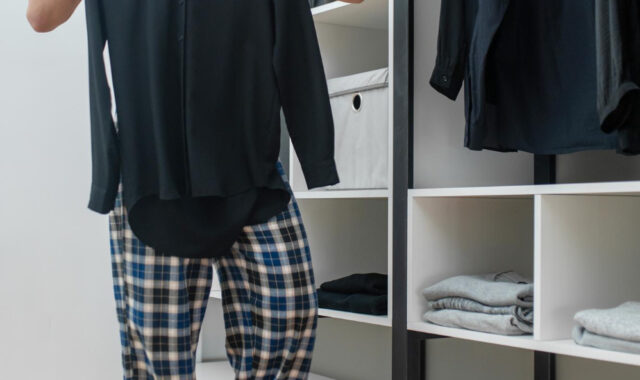Recovering Shopaholic? Let Plymouth Associates Help
 While there’s nothing wrong with a desire to be stylish, the same can’t be said for letting it become a source of financial strain. Buying more clothes, shoes, and jewelry than one can afford – especially if using high-interest credit cards to do so – is a recipe for disaster.
While there’s nothing wrong with a desire to be stylish, the same can’t be said for letting it become a source of financial strain. Buying more clothes, shoes, and jewelry than one can afford – especially if using high-interest credit cards to do so – is a recipe for disaster.
Recovering shopaholics know this better than anyone else. Most are forced to chew through savings, sell off assets, and work second jobs to pay off the debts accumulated via chronic overspending even with retail taking a downward spiral during the pandemic.
If this describes your current situation, consider additional ways to manage and repay your debt. These include utilizing the financial services provided by companies like Plymouth Associates.
For those overburdened by credit card bills every month, it means opting for what’s known as debt consolidation. It starts by visiting PlymouthAssociates.com and using their comparison calculator to see if the savings would be worth the trouble. The reduced interest rate is often enough to make debt consolidation make sense, but every situation is different.
Fortunately, debt relief isn’t the only solution available for recovering shopaholics. Depending on the types of items bought and their current condition, a substantial amount of the debt can be repaid simply by reselling clothes, shoes, purses, and more. While it likely won’t add up to enough to pay the debt in full, it’s a way to squash as much as 30% if the items are in good enough condition to fetch a reasonable price.
Another crucial factor in making a full recovery from overspending on fashion is to avoid relapse. The quickest way to snuff out the momentum of paying off debt is to go out and buy a bunch of new clothes, most of which are items the person wants rather than needs. It’s imperative for recovering shopaholics to resist the urge to splurge again. The difficulty of doing so is not unlike giving up an addiction to nicotine or alcohol. With that said, it gets easier as time goes on, so long as one doesn’t fall off the wagon.
The last resort for recovering shopaholics is to declare chapter 7 bankruptcy. While doing so wipes the slate clean regarding the vast majority of unsecured debt, it also blackballs the individual in the eyes of lenders, credit card companies, and virtually any other entity in the business of financing. In other words, gone are the days where it’s easy to get approved for a new credit card. That won’t happen again for seven to 10 years. The same is true for car loans, mortgage applications, and even getting approved to rent an apartment.
With that said, bankruptcy makes it incredibly difficult to continue with shopaholic tendencies. It’s a practical option only when all others have been exhausted.
Of course, the best way to avoid the headaches and hassles of life as a recovering shopaholic is to never become one in the first place. If one is teetering on the edge, turn back now. Put an immediate stop to all unnecessary spending until there’s a clearly defined roadmap towards debt repayment. Only spend what’s leftover after all other financial obligations have been met for the month. If one wants an expensive jacket or designer pair of shoes, save up the money for them.
Do that, and the troubles of being a recovering shopaholic won’t be theirs.



